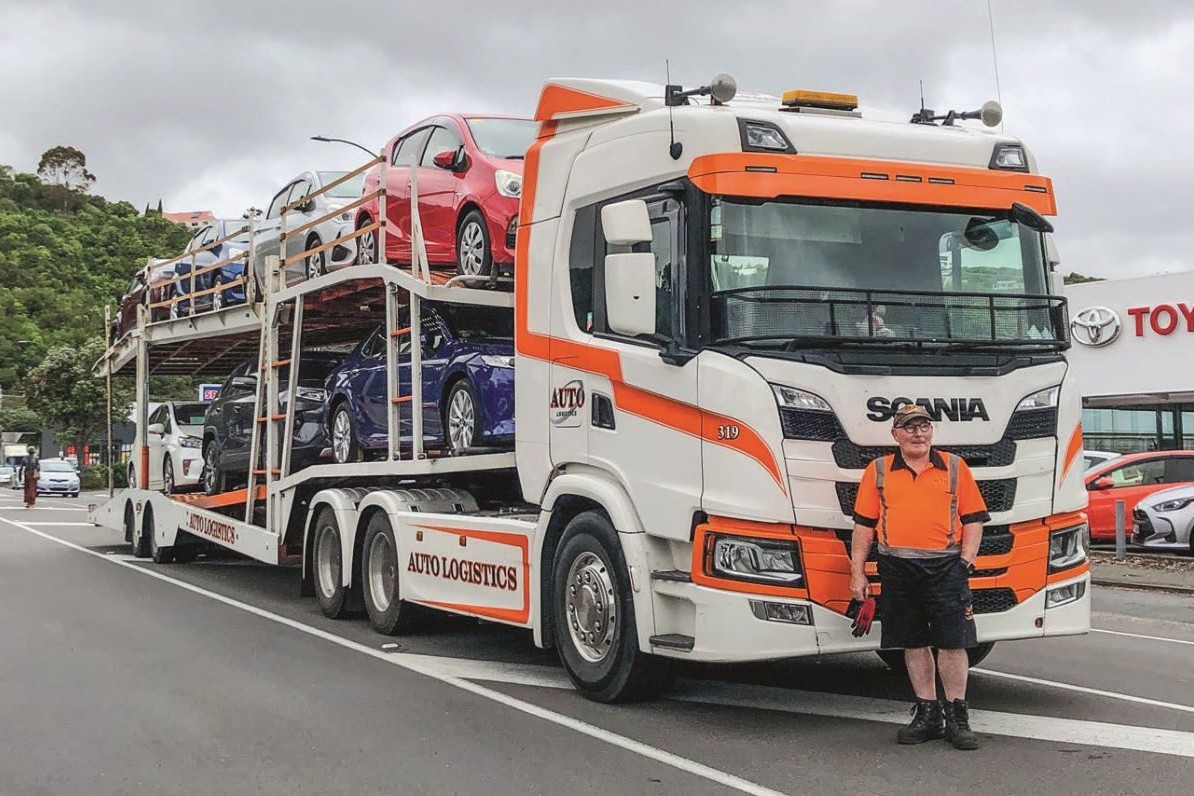Where have our innovators gone?

I have commented before on the redundancy of the CEO of Te Pukenga and guessed that his redundancy payment may be pretty good considering his reported annual salary. Since then, I’ve delved deeper into what we, the taxpayers, are paying the top executives in the public service.
The information available on the Public Service Commission’s website shows 31 public servants are getting paid more than $500,000 annually. This is more than the prime minister and a lot more than the Cabinet ministers who are their bosses. The prime minister’s salary is $471,000 and Cabinet ministers $296,007. The reason most often cited for the high salaries in the public service is that we need to pay this amount to attract the right people and to match what is paid in the private sector. If we accept this theory, does it mean that the prime minister and Cabinet ministers, whoever they are, are not the right people for the job and if we paid more we would get better people?
Not unexpectedly, several people are upset that the EV incentive, non-payment of RUC on light electic vehicles, is to cease on 1 April. The incentive for heavy vehicles does not come off until the end of 2025. No matter how you look at it, this so-called incentive is simply a government subsidy in disguise paid for by all of us who, for one reason or another, do not use an EV. From 1 April, a light EV will pay $76/1000km while a plug-in hybrid will pay $53/$1000; this is the current cost of a type 1 RUC vehicle.
I keep asking myself, but have yet to get an answer, why should the government subsidise the operation of EVs? Oh yes, the supporters will say that by using an EV, you are not contributing to climate change, conveniently ignoring the fact that EVs still use the roads. The last time I looked, they contribute to both traffic congestion and road wear the same as an equivalent petrol or diesel-powered vehicle does. Some reports suggest an EV causes more road damage than an equivalent fossil-fuelled vehicle. If this is correct, then perhaps EVs should pay a bit more.
The 26 January edition of Transporting New Zealand’s weekly newsletter, Dispatch, makes interesting reading. In this, the interim CEO, Dom Kalasih, makes several comments worth pondering. First, he says, “Wellington is full of clever people”. Perhaps this explains why the region is on the verge of a major water crisis, with more than 40% of the water supplied lost to leaks and no end in sight. Perhaps the “clever” people involved are too clever for their own good.
I agree with Kalasih when he suggests that sometimes we see solutions offered to solve a problem when there is no problem to solve. How often do we do this? You only have to look at the extraordinary amount of money spent on government reviews and restructuring the public service – look no further at the cost of establishing, and soon dismantling, Te Pukenga, for example. What exactly was the problem this solution was trying to fix?
I also agree with him when he says that the industry is very much a technology taker rather than a technology innovator. So, what has gone wrong? Go back to the industry’s early days and look at some of the developments. Mike Isle’s 2005 book Ridin’ the Rainbow gives some good examples of truck and trailer innovations that were part of our road freight scene in earlier times, many of which were born out of necessity and a desire to become more efficient. I believe that this desire is still out there but less obvious. Take 50MAX, or lower-bound high-productivity vehicles, as they were initially called, as an example. This was an industry-led innovation that has proved its value by the uptake of 50MAX units.
Perhaps, though, the industry has lost most of its innovative personalities born from the industry’s pioneering days. Possibly, also, the regulators were more accommodating then and had a genuine desire to see a more productive and efficient road freight industry rather than seeing the industry as the baddies.
I also agree that as an industry, we need to be quite clear what the problem is we are trying to fix rather than come up with feel-good solutions first. To quote Kalasih’s article: “Sometimes solutions should be the last step in the policy chain, not the first.” I totally agree. Convincing the policymakers of this, however, will be a major challenge. Together, we must take the issue up. The industry associations could play a big part in this.
After, of course, the problem(s) have been clearly and accurately identified.
Read more
Wielding the razor
0 Comments3 Minutes
What way are we heading?
0 Comments6 Minutes
Garth South
0 Comments2 Minutes



